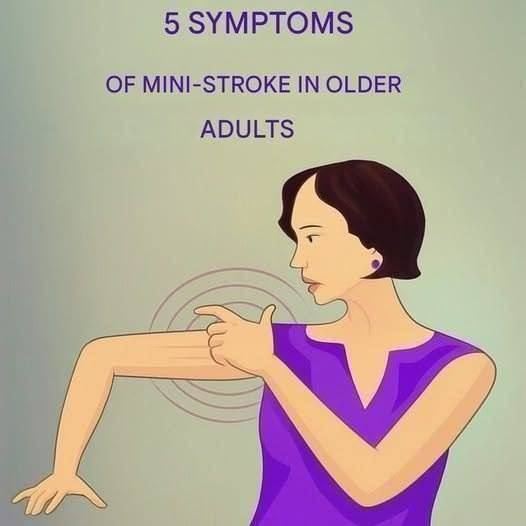Introduction
When we think of a stroke, images of major paralysis or long‑term damage often come to mind. But for older adults, a mini‑stroke—also known as a Transient Ischemic Attack (TIA)—can quietly signal danger ahead. These episodes may last only minutes or hours, then vanish, yet they warn of a much higher risk of a full stroke if not addressed. Mayo Clinic+2nhs.uk+2
This article explains five key symptoms older adults should watch for, how to take action, and why time is so critical.
Why It’s Especially Important for Older Adults
-
The risk of stroke and TIA rises significantly with age—after age 55, the risk roughly doubles every 10 years. www.stroke.org
-
Older adults may dismiss symptoms as “just getting older” or attribute them to other conditions, which can delay essential treatment.
-
Because TIAs can be fleeting, they are often overlooked—and up to one‑third of people who experience one will have a major stroke, many within a short timeframe. Mayo Clinic
-
Recognising signs early can lead to interventions that may prevent a full‑blown stroke.

